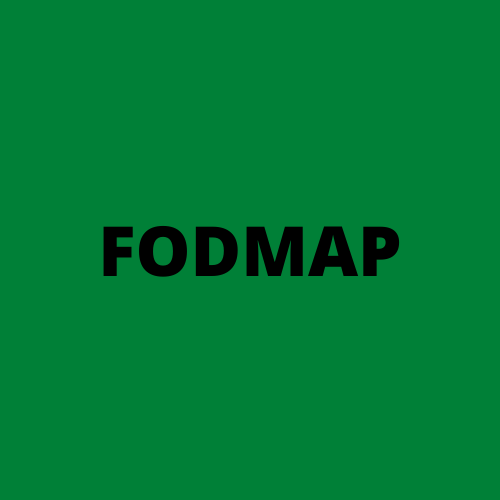
RHUBARB ALLERGY
Key Allergens
Rhubarb is a plant in the Polygonaceae family of plants. Other plants in the family includes buckwheat.
The leaves of the plant contain oxalic acid, which are toxic if eaten, there is a lesser amount at the top of the stalks. This does not cause any harm when eaten in normal portion sizes.
Wild rhubarb contains furanocoumarins. These chemicals can get on the skin and in combination with ultraviolet light (sunlight) can cause a sunburn like rash. Furanocoumarins are found in higher concentrations in fresh herbs and are natural irritants which can cause allergic contact dermatitis. This is more common in occupations where you are frequently coming into contact with the food, like chefs, cooks, growers and pickers.
The leaves of the plant contain oxalic acid, which are toxic if eaten, there is a lesser amount at the top of the stalks. This does not cause any harm when eaten in normal portion sizes.
Wild rhubarb contains furanocoumarins. These chemicals can get on the skin and in combination with ultraviolet light (sunlight) can cause a sunburn like rash. Furanocoumarins are found in higher concentrations in fresh herbs and are natural irritants which can cause allergic contact dermatitis. This is more common in occupations where you are frequently coming into contact with the food, like chefs, cooks, growers and pickers.
Food Intolerances


Rhubarb is a low FODMAP food. FODMAP stands for Fermentable oligosaccharides, disaccharides, monosaccharides and polyols. Foods high in FODMAPs can cause symptoms of food intolerance, affecting the gastro intestinal system and this can be mistaken for a true IgE food allergy.
Rhubarb is a food low in salicylates. Salicylates have the potential to cause worsening of asthma, swelling, itching and hives as well as food intolerance symptoms in people who are sensitive to salicylates.
You can read more about Food Intolerances on the dedicated Food Intolerance Page.
Associated Syndromes
Harvesting rhubarb, in particular contact with rhubarb leaf, can sometimes result in skin irritation due to the oxalic acid.
Rhubarb can also be associated with phytophotodermatitis from the furanocoumarins in the plant which cause blistering in the sun, this can look like a contact allergic reaction.
Rhubarb can also be associated with phytophotodermatitis from the furanocoumarins in the plant which cause blistering in the sun, this can look like a contact allergic reaction.
Cross Reactivity
Rhubarb is not linked with any other food allergies, but if you are allergic to it, you may also want to avoid buckwheat, which is in the same family of plants.
Resources
Websites
ATP Science - Salicylate Foods
Articles and Journals
The Health Benefits of Emodin, a Natural Anthraquinone Derived from Rhubarb—A Summary Update, 2021
Allelopathic effect of rhubarb extracts on the growth of Microcystis aeruginosa, 2020
Acute haemodyalysis-requiring kidney failure due to massive intake of rhubarb stew, 2020
Allergen of the Month—Monk's Rhubarb, 2015
Let me know if you found any of these interesting or useful.
If you spot an article or research that you think is interesting you can message me or tag me on Facebook, Instagram or Twitter - links at the bottom of the page.